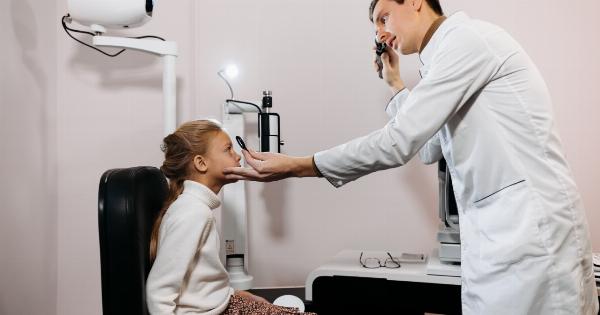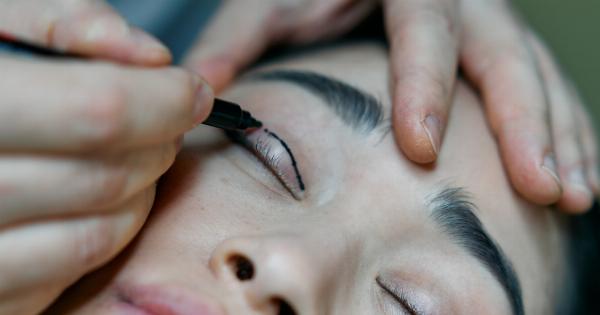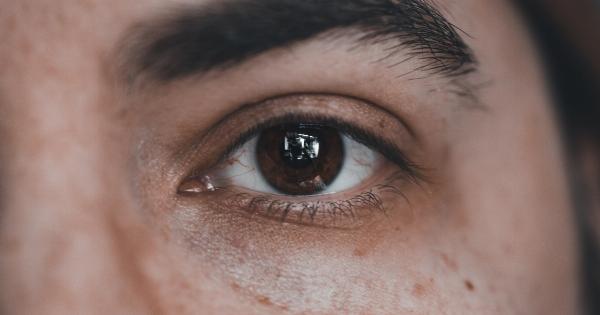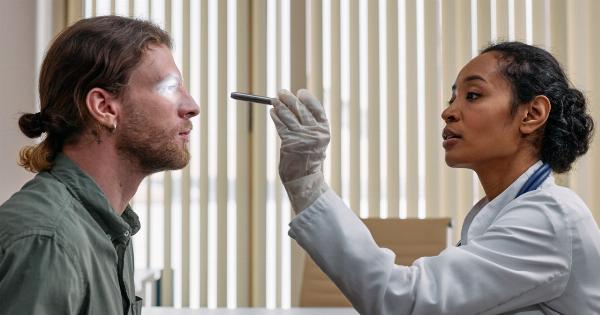Strabismus is a condition where one or both eyes do not properly align. It is commonly known as “crossed eyes.” In children, this condition can have serious consequences if left untreated.
It can cause vision problems such as amblyopia, commonly known as “lazy eye.” It is critical to detect strabismus early to prevent complications. Let us discuss when strabismus is detected in children.
Birth to Six Months
In infants, the eyes may occasionally wander or not focus properly for the first few months of life. However, generally, infants less than six months will not have strabismus.
If misaligned eyes persist or worsen after six months, it is advisable to have a pediatric eye exam as soon as possible.
Six Months to Five Years
Children between six months and five years are at a higher risk of strabismus. Most parents or caregivers will notice if their child has crossed eyes or has trouble focusing around the age of two or three.
At this age, vision testing can help determine the severity and cause of the condition. Therefore, it is essential to schedule an eye appointment with a pediatric ophthalmologist or optometrist when strabismus signs show.
Five Years and Older
Children who are five years and older may have strabismus without noticeable symptoms. Therefore, it is essential to continue routine eye exams to detect the condition.
Additionally, a vision screening should be scheduled before starting school at the age of five or six. Involuntary eye movements, blurred vision, and double vision could indicate strabismus. If you notice such symptoms, contact an eye doctor for a comprehensive examination.
Types of Strabismus
Many types of strabismus can occur, and each requires a different treatment strategy. Below are the most common types:.
Esotropia
Esotropia is a type of strabismus where the eyes turn inward towards the nose. This condition can cause double vision and difficulty seeing from both eyes. Treatment may include glasses, vision therapy, or eye surgery.
Exotropia
Exotropia is a type of strabismus where the eyes turn outward away from the nose. It can cause double vision and affect vision development in some children. Treatment may include glasses, vision therapy, and eye surgery.
Hypertropia
Hypertropia is a type of strabismus where one eye is higher than the other. This condition can cause double vision, eye strain, headaches, and difficulty seeing. Treatment may include glasses, eye muscle exercises, or surgery.
Strabismus Causes
The cause of strabismus depends on the type of strabismus the child has. Some factors that may contribute to strabismus include:.
- Genetic predisposition
- Developmental delay
- Trauma or injury to the eye or brain
- Nerve damage
- Low vision or refractive errors
- Medical conditions such as Down syndrome or cerebral palsy
Treatment for Strabismus
The primary goal of treating strabismus is to realign the eyes, preserve and protect vision development. Treatment depends on the type and severity of the condition. The most common treatment approaches include:.
Eye Patching
Eye patching is a treatment for amblyopia. It strengthens the eye muscles that help them work together correctly.
Children with strabismus might wear the patch over their good eye to force the weaker eye to work harder and improve the coordination between the eyes.
Corrective Lenses
Corrective lenses, namely prisms or eyeglasses, can help people with certain types of strabismus to improve eye alignment. The correct lenses can help point the eye in the right direction, allowing the child to develop better vision in both eyes.
Eye Muscle Exercises
Eye muscle exercises improve eye control and reduce the extent of strabismus by strengthening the eye muscles. This therapy can improve eye movements, enhance vision, and prevent vision loss caused by strabismus.
Eye Surgery
Surgery is an option if non-surgical interventions fail to address the condition. This procedure helps to align the eyes by adjusting the eye muscles’ position.
The surgeon may shorten, lengthen, or move the eye muscles to align the child’s eyes properly.
Conclusion
Strabismus is a condition where one or both eyes fail to align correctly.
Early detection is essential to prevent vision problems such as amblyopia or “lazy eye.” Timely treatment of strabismus is essential to avoid long-term vision problems. Ensure that your child has an annual pediatric eye exam to detect and treat strabismus early.


























